 Independent intelligence, military and scientific circles strongly suspect that Iran is a lot closer to a nuclear bomb than officials in the US, West Europe and Israel are ready to surmise in public. DEBKAfile’s sources report that this suspicion was strengthened by the discoveries made in Syria as a result of the Israeli attack of Sept. 6. Those discoveries led US nuclear experts to three conclusions:
Independent intelligence, military and scientific circles strongly suspect that Iran is a lot closer to a nuclear bomb than officials in the US, West Europe and Israel are ready to surmise in public. DEBKAfile’s sources report that this suspicion was strengthened by the discoveries made in Syria as a result of the Israeli attack of Sept. 6. Those discoveries led US nuclear experts to three conclusions:1. If Syria with its relatively meager resources could aspire to a plutonium reactor, then Iran which is flush with oil revenue and has an advanced technological infrastructure must be much farther ahead in the same direction.
2. If Syria could hide its projected construction of a North Korean plutonium reactor for several years, Iran must be assumed to have an already fully-functioning reactor of this type hidden away even longer.
3. Additional data reaching the US and Israel indicate that the boast made by Iranian president Ahmadinejad - and confirmed by the IAEA - that Tehran has 3,000 working centrifuges for uranium enrichment masks the real figure, which most likely tops 5,000 or is even close to 7,000 working machines.
Therefore, even if the Iranian nuclear industry is preyed by technical setbacks, it will be left with enough functioning machines to produce enough fissile material for at least two bombs a year.Some intelligence experts expect Iran to spring the news on the world at any time soon of a breakthrough in its program or even a nuclear test. This tactic of announcing a fait accompli was practiced by Pakistan and North Korea, from both of which Iran’s nuclear program has drawn assistance.The knowledgeable Israeli Air Force Colonel (Res.) Shmuel Gordon informed recipients of a private publication issued last week that, according to his information, Iran may have accumulated enough fissile material for two to four nuclear bombs.The colonel refers to the small research reactor with “hot cells” which the United States gave to the shah of Iran in 1967 and which has since then been turning out 0.6 kilos of plutonium every year – a minute amount in Western terms, but in 35 years, Gordon points out, it would have processed 21 kilos – enough for two to three bombs.Although the reactor is under IAEA inspection, there is no reliable information on the disposition of this product.Col. Gordon provides chapter and verse for his reading of the state of Iran’s nuclear program.In the past, China sold Iran 1,800 tons of uranium in gaseous and solid form. In January, 2007, after Iranian scientists learned to operate a small number of centrifuges, they began to assemble 3,000 which, says the Israeli officer, can produce enough enriched uranium for a nuclear bomb every 330 days.Fissile material alone does not constitute a bomb. The next steps in the process are technically demanding and costly. In the 1980s, the father of the Pakistan bomb, A. Q. Khan, cashed in on his experience by establishing an international nuclear black market. When the Libyan nuclear program was dismantled two years ago, evidence was found that he had sold Iran detailed instructions with diagrams on how to manufacture a nuclear device and build nuclear warheads for missiles.Some of these documents were released last week to the International Atomic Energy Agency.The Israeli colonel points out that while India, Pakistan and North Korea required 15 years of development before attaining a nuclear weapon and a missile for its delivery, Iran has been working on its program more than 15 years and its engineering, technical and technological infrastructure is superior to that of its three Asian predecessors. Iran produces airplanes, missiles and sophisticated ships and armaments. Tehran also has access to assistance from Russia, China, Pakistan and North Korea.Two months ago, Iran’s president Mahmoud Ahmadinejad announced the system was working. Tehran has consistently lied about its nuclear program. The truth was extracted only when there was no other choice. Only recently did the nuclear watchdog inspectors confess they had never been allowed to set foot in the underground facility at Natanz and were therefore unable to establish how many centrifuges were installed and when. At the same time, Tehran admitted that it aspires to have the round number of 50,000 centrifuges spinning the uranium gas into nuclear fuel, thereby producing a quantity for making a bomb every 20 days.Whereas in Western terms, these figures may not be too scary, for Israel, the prospect of Iran’s Mahmud Ahmadinejad having two to four nuclear bombs to play with by spring 2008 is ominous enough to blow over all its security calculations.
http://www.debka.com/article.php?aid=1315
As in the days of Noah....











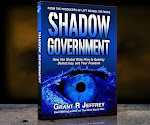



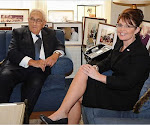


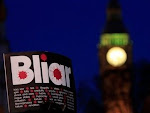
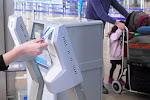

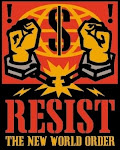
















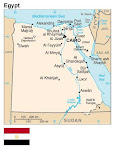


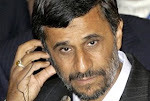


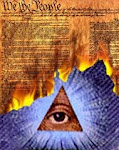


















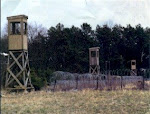




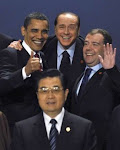
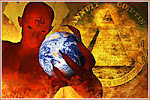











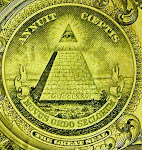
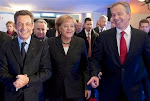



.bmp)



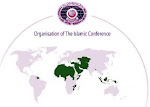




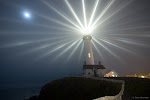


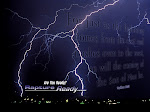
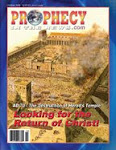





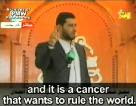
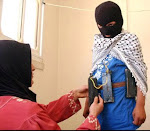





.bmp)